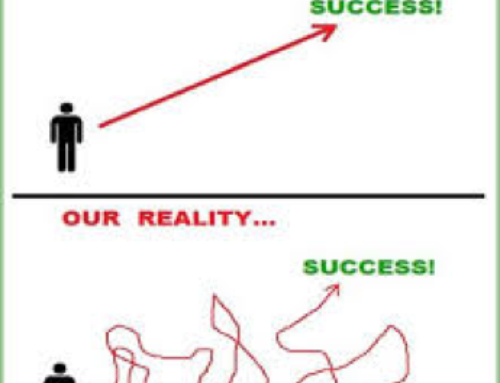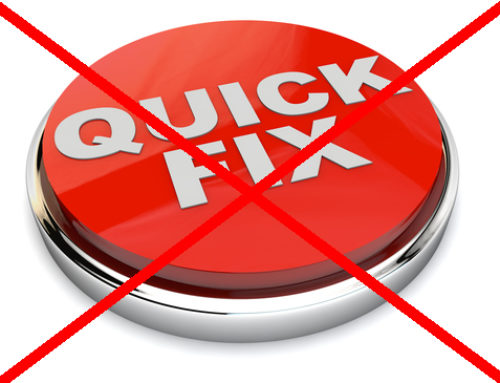Research shows that training to total fatigue or failure on a regular basis is less beneficial than training to a good degree of stimulus and then letting the body recover with gradual progression. Totally wiping out the body (while good for stimulating the need for improvement) increases cortisol and decreases testosterone, or at least the Testosterone:Cortisol ratio (T:C), which dampens the growth and repair of muscle. Every now and then a total fatigue workout can be beneficial to kick the body out of a plateau or rut, but too often is counterproductive.

Conan Fitness Peak Performance Tip
That doesn’t mean slacking off. It means reading your body to learn the optimum stimulus level (degree of ‘challenge’) that you push to in your workout, or the rep range and weight that you handle before putting the weight down and letting the body do the rest.
This method is much more sustainable than eliciting diminishing returns when under-recovering relative to weekly workload and intensity. So not only is this better for consistency but also better for optimising T/C ratios.
In summary – we need stimulus, and the more advanced you are the more specific this stimulus needs to be (workload, intensity, duration, etc) but wiping the body out is not necessary to create this stimulus. There also has to be sufficient recovery to SUPERCOMPENSATE from the bout, ideally before the next session, and the recovery is relative to the challenge. Meaning, a wipe-out session requires a lot longer to recover than a more appropriately challenged session.
Push yourself, but leave some fuel in the tank for optimum gains.





